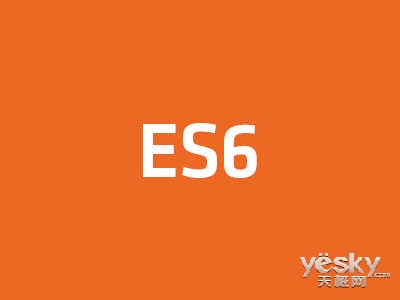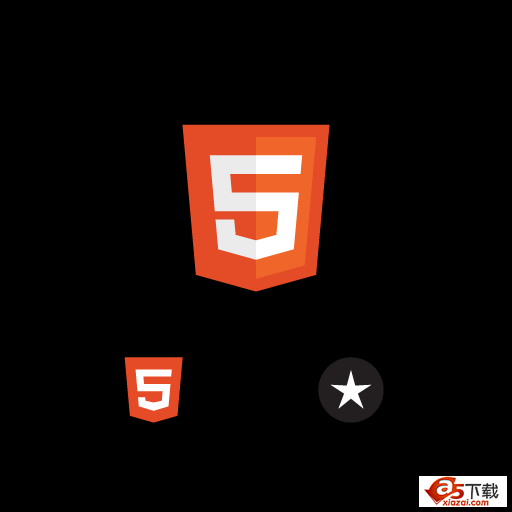
1. Overview Most of the 3D models used in contemporary WebGL programming are converted from 3DsMax models or Blender models. This working mode is more suitable for scenarios where 3D designers and 3D programmers work together. But for WebGL enthusiasts who work alone, this mode is too heavy: not to mention the various bugs in the conversion plug-in itself that seriously reduce the success rate of conversion, just to generate a simple model requires systematic learning of 3DsMax Or the way to use Blender makes people feel that the gain outweighs the gain. Based on the above considerations, I plan to write a simple WebGL model editor based on Babylonjs for use by myself and other WebGL enthusiasts who have the same needs. The editor is named Newland, which means building a better world through one's own efforts. It has now completed the first phase of mesh adjustment and texture setting functions. The test program is published on github based on the MIT license and can be accessed through http://ljzc002.github.io/Newland/HTML/index_newland.html. Because there are too many codes
1. Self-made WebGL3D model editor based on Babylonjs

Introduction: Most of the 3D models used in contemporary WebGL programming are converted from 3DsMax models or Blender models. This working mode is more suitable for scenarios where 3D designers and 3D programmers work together. But for WebGL enthusiasts who work alone, this mode is too heavy: not to mention the various bugs in the conversion plug-in itself that seriously reduce the success rate of conversion, just to generate a simple model requires systematic learning of 3DsMax Or the way to use Blender makes people feel that the gain outweighs the gain.

# Introduction: (Continued from above) Tabletop games are usually created with a core physics engine. Therefore, to simulate a soft object in the 3D world requires a complete physics simulator and establish a believable behavior. WebGL and JavaScript are not yet luxurious enough to run a full-fledged physics simulator. So in this game we have to find a way to create the effect of wind. We embed “wind sensitivity” information for each object in the 3D model. Each vertex of the 3D model has a "wind attribute", and the specified vertex should be

Introduction: Recently I was studying how to play the Rubik's Cube, and suddenly I wanted to use HMTL5 to write a Rubik's Cube model. Since the Rubik's Cube is A 3D cube. This time I tried to write a simple 3D model in HTML5. Below is the preview screen. Production process: First you need to download the Html5 open source library lufylegend-1.4.0. The Rubik's Cube is divided into 6 faces, each face is composed of 9 small rectangles. Now I encapsulate each small rectangle as a class, because now I build
4. Simple 3D model construction of CSS3 [original open source]_html/css_WEB-ITnose
Introduction: CSS3 Simple 3D model construction [original open source]
5. NGUI research on converting 3D model coordinates to 2D screen coordinates
Introduction: Just today a friend asked me, a typical example is the health bar of the characters in the game. The principle is very simple, which is to convert 3D points into 2D points. However, since NGUI itself is 3D, we need to first convert the points under NGUI into 2D points, and then convert them into 3D points. It sounds a bit convoluted, don't worry, I'll go straight to the code. If you don’t understand screen adaptation, look at NGUI research such as
[Related Q&A recommendations]:
opengl - Is there any display on the iOS side? Open source APP for stl model files? ? ?
How to use python to extract the 3D model features in the *.obj file?
Python: How to store 3D models? (polyhedron)
javascript - Three.JS loads OBJ model, ray cannot be found
c++ - What is the way to display 3D model on iOS? Outside cocos3d and U3D
The above is the detailed content of How to use 3D models? Summarize 3D model example usage. For more information, please follow other related articles on the PHP Chinese website!




